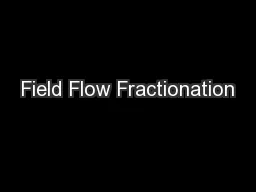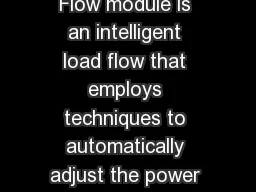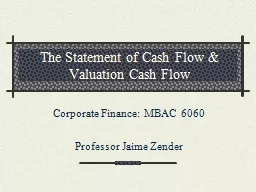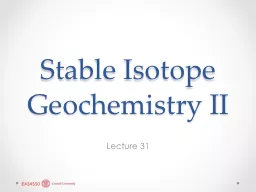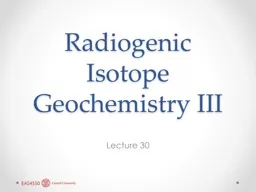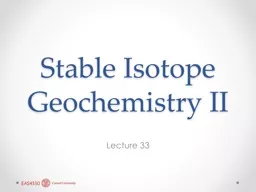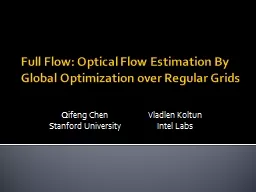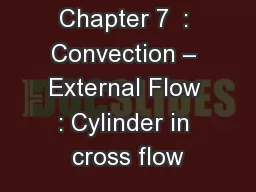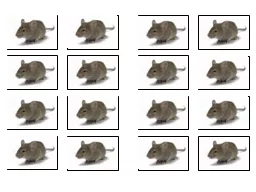PPT-Field Flow Fractionation
Author : olivia-moreira | Published Date : 2017-04-22
FFF Presented By Sam Klinge amp Luis Valdiviez Outline What is FFF History Understanding the instrument How is it used Types of FFF Theory Optimization
Presentation Embed Code
Download Presentation
Download Presentation The PPT/PDF document "Field Flow Fractionation" is the property of its rightful owner. Permission is granted to download and print the materials on this website for personal, non-commercial use only, and to display it on your personal computer provided you do not modify the materials and that you retain all copyright notices contained in the materials. By downloading content from our website, you accept the terms of this agreement.
Field Flow Fractionation: Transcript
Download Rules Of Document
"Field Flow Fractionation"The content belongs to its owner. You may download and print it for personal use, without modification, and keep all copyright notices. By downloading, you agree to these terms.
Related Documents

